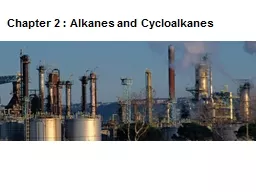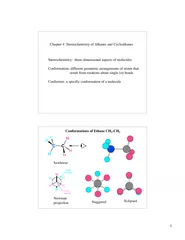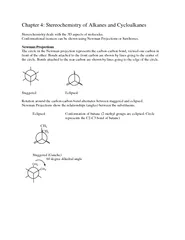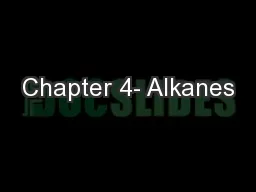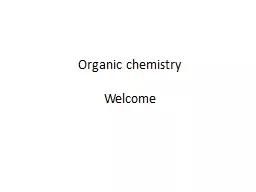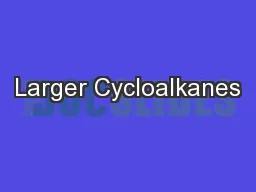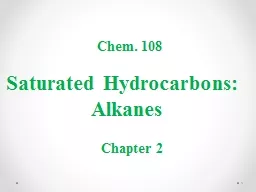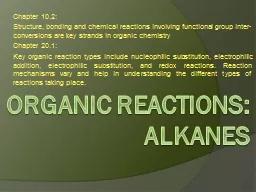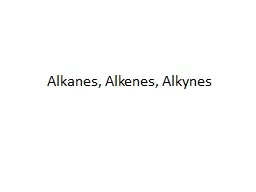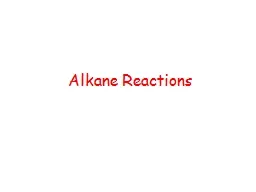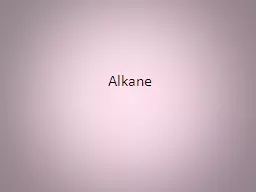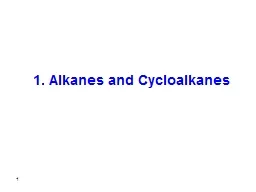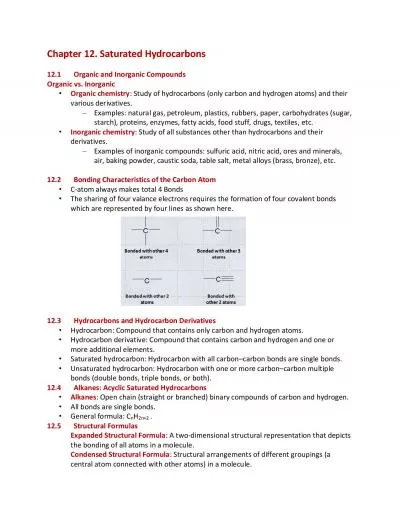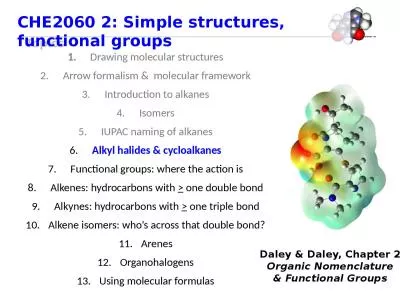PPT-Chapter 2 : Alkanes and Cycloalkanes
Author : celsa-spraggs | Published Date : 2018-03-21
The Structure of Alkanes Nomenclature of Organic Compounds Alkyl groups Numbering the parent carbon chain The root name is that of the longest continuous carbon
Presentation Embed Code
Download Presentation
Download Presentation The PPT/PDF document "Chapter 2 : Alkanes and Cycloalkanes" is the property of its rightful owner. Permission is granted to download and print the materials on this website for personal, non-commercial use only, and to display it on your personal computer provided you do not modify the materials and that you retain all copyright notices contained in the materials. By downloading content from our website, you accept the terms of this agreement.
Chapter 2 : Alkanes and Cycloalkanes: Transcript
Download Rules Of Document
"Chapter 2 : Alkanes and Cycloalkanes"The content belongs to its owner. You may download and print it for personal use, without modification, and keep all copyright notices. By downloading, you agree to these terms.
Related Documents

